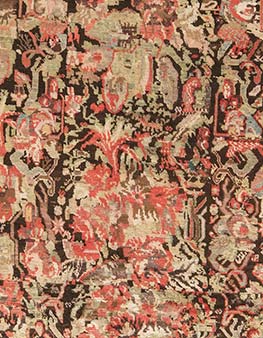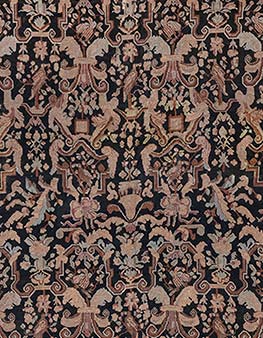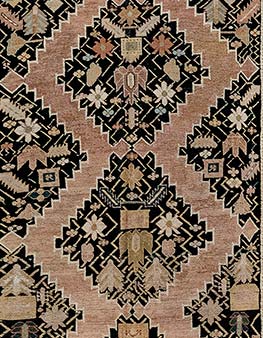Types of Karabagh rugs
Karabagh rugs from Central Asia are gaining more and more attention. This is hardly surprising considering their impeccable quality and stunning patters, however, few can be considered equals with famed Karabagh rugs. Named after Karabagh region, located in Azerbaijan, those oriental rugs were added to UNESCO‘s list of Representative Masterpiece of Intangible Heritage in a gesture of appreciation. Indeed, they are a vital part of Azerbaijani culture, just like Persian rugs are for Iran.
Oldest Karabagh Rug
The oldest Karabagh rug, which was made in the village of Banants, dates back to the early 13th century, the same period when Armenian world gorg, meaning “pile carpet”, originated.
Karabagh rugs had a special place in Azerbaijan, as they were not a mere decorations. Different styles of Karabagh rugs were available – flat-woven covers məfrəş, a doubled travel bag xurcun, its causing plain traveling bag heybə and various sacks known as çuval – although two are best known – Armenian and Azerbaijan type.
Karabagh Rugs Patterns
Common themes and patterns found on Armenian-style Karabagh rugs were the depiction of animals. Diverse in style, rich in color and highly ornamental, Karabagh rugs were separated in categories depending on what sort of animals were depicted on them – for an example you could expect an eagle on artsvagorgs, but a dragon on a vishapagorgs and a serpent on otsa gorgs, although floral motives were just as common.
The division of Azerbaijani-styled Karabagh rugs was based not on patterns, but “carpets schools” which dictated characteristic traits of each piece. There are four schools: Guba-Shirvan set in Guba, Shirvan region and Baku, Ganje-Kazakh, in Ganje town and Kazakh region, Karabagh based in centers in Shusha and, maybe surprisingly for some, Tabriz with centers in Tabriz and Ardebil in South (Iranian) Azerbaijan. Rugs from each school were woven in a different fashion and sometimes had very little or even nothing in common.
Those differences were influenced by the fact that some of those schools developed in mountainous areas where need for thicker and warmer Karabagh rugs was greater and some in lowlands which resulted in more decorative patterns and thinner piles, as people did not need as much protection from the cold. Moreover each village has its own original design and ornaments and had specific characterization which distinguished them from the others.






















